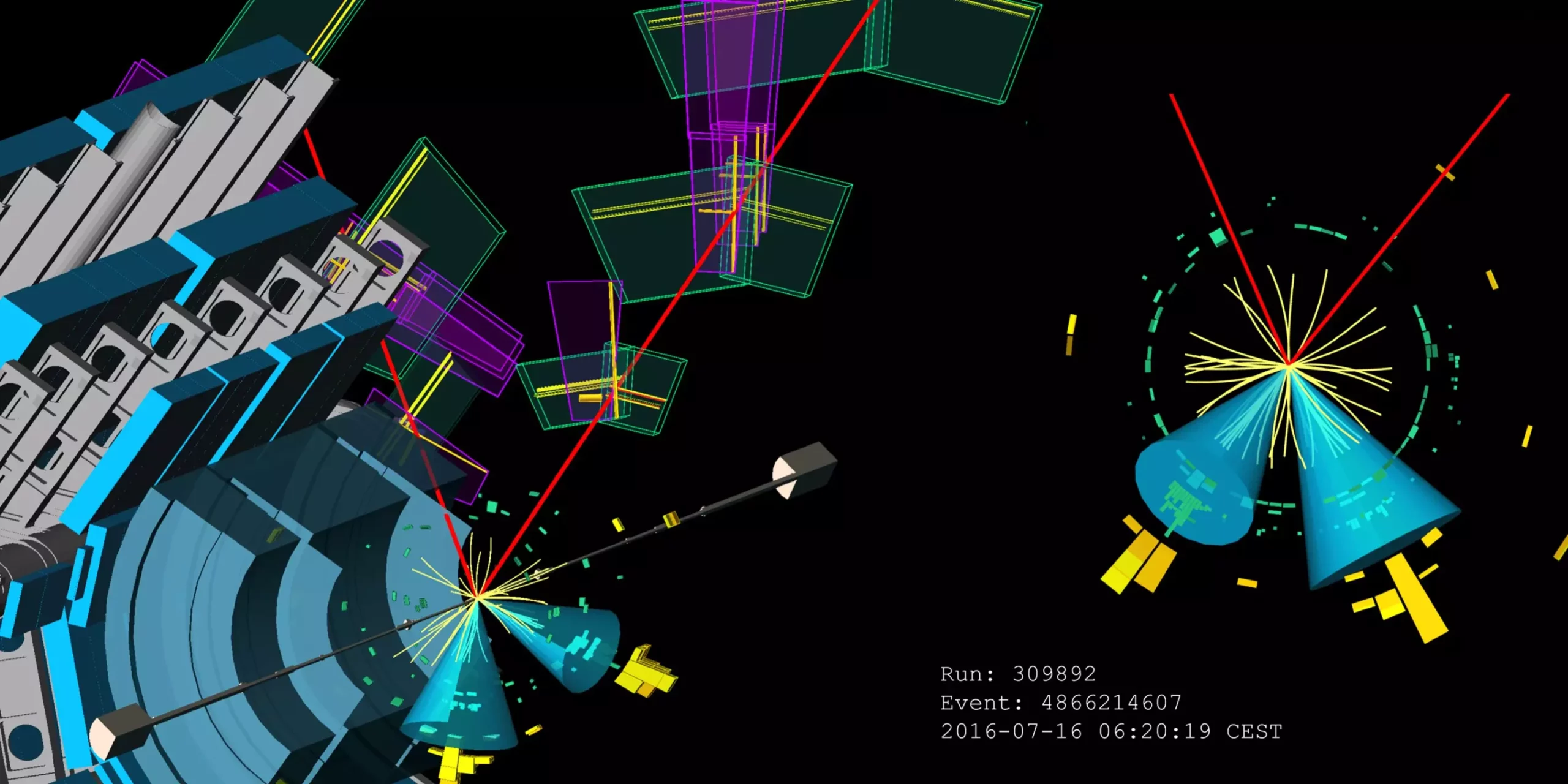The pursuit of understanding the fundamental building blocks of our universe has led physicists to probe the intricacies of the Higgs boson, a particle that plays a crucial role in the mass generation of elementary particles. The ATLAS collaboration, one of the predominant research groups at the Large Hadron Collider (LHC), is at the forefront of this adventurous quest. Their efforts are focused on refining measurements of the Higgs boson’s interactions, particularly with the heaviest quarks—top, bottom, and charm. This article delves into the methods employed, results obtained, and the significance of these findings in the domain of particle physics.
The interactions between the Higgs boson and fundamental particles are central to the electroweak symmetry breaking mechanism. This process explains how particles acquire mass, an essential concept for our understanding of the universe. When the Higgs boson decays, it does so via various channels, often into pairs of quarks. Accurate measurements of these decay channels offer insights into the strength of the Higgs boson’s interactions with different types of particles.
At the recent International Conference on High-Energy Physics (ICHEP) 2024, ATLAS unveiled its latest findings concerning the interactions of the Higgs boson with top, bottom, and charm quarks. These results stemmed from a thorough reanalysis of data collected during LHC Run 2, spanning from 2015 to 2018, which underwent significant refinement with advanced analytical techniques.
Understanding Jet Tagging: A Crucial Technique
A key aspect of the ATLAS experiment involves the concept of ‘jets.’ When the Higgs boson decays into quarks, those quarks do not remain in isolation; they fragment into a cascade of particles known as jets. Tagging these jets—distinguishing the type of quark that produced them—is paramount for interpreting the results correctly. ATLAS has developed sophisticated jet tagging methodologies aimed specifically at identifying charm and bottom quarks, which has enhanced their sensitivity in analyzing decay channels H→bb and H→cc.
The improvements in the tagging process led to a substantial increase in sensitivity, with enhancements of 15% for H→bb and a remarkable threefold increase for H→cc. These advancements allow researchers not only to detect but to quantify the occurrence of these decays more reliably.
Among the notable achievements shared by the ATLAS collaboration were new measurements of Higgs boson production in association with W and Z bosons, particularly focusing on decays into bottom and charm quarks. The team reported the first observation of the WH, H→bb process with a significance of 5.3σ and ZH, H→bb at 4.9σ significance. These findings mark a pivotal milestone in the ongoing investigation of Higgs interactions and represent the most precise measurements achieved to date, aligning with predictions made by the Standard Model.
In terms of charm quark interactions, the findings indicate a challenging horizon. Due to the inherent suppression factor of 20 for the decay of Higgs into c quarks compared to b quarks, observing this interaction remains elusive. Nevertheless, ATLAS established an upper limit for the VH, H→cc process, quantifying it as 11.3 times the Standard Model prediction, emphasizing both the progress made and the challenges that lie ahead.
A significant aspect of the Higgs physics program involves studying the interaction between the Higgs boson and the top quark. The analysis performed required discerning the Higgs boson decaying into bottom quarks following its production in conjunction with two top quarks—a process fraught with complications due to significant background noise. Enhanced understanding of these background processes enabled a twofold increase in sensitivity, yielding a measurement of signal strength for ttH, H→bb production at 0.81 ± 0.21, highlighting the collaboration’s commitment to precision.
As the LHC transitions into Run 3 and eventually the High-Luminosity LHC (HL-LHC) phase, the potential for breakthroughs increases dramatically. The refined techniques and increasing data will pave the way for more profound insights into Higgs boson interactions, especially the elusive H→cc decay. With these advancements, the ATLAS collaboration not only anticipates a groundbreaking trajectory in particle physics but also contributes significantly to the foundational knowledge that underpins our comprehension of the universe.
In essence, each increment in measurement and understanding derived from the ATLAS collaboration’s work on the Higgs boson furthers the scientific community’s journey into the unknown, with implications that resonate beyond theoretical physics.


Leave a Reply